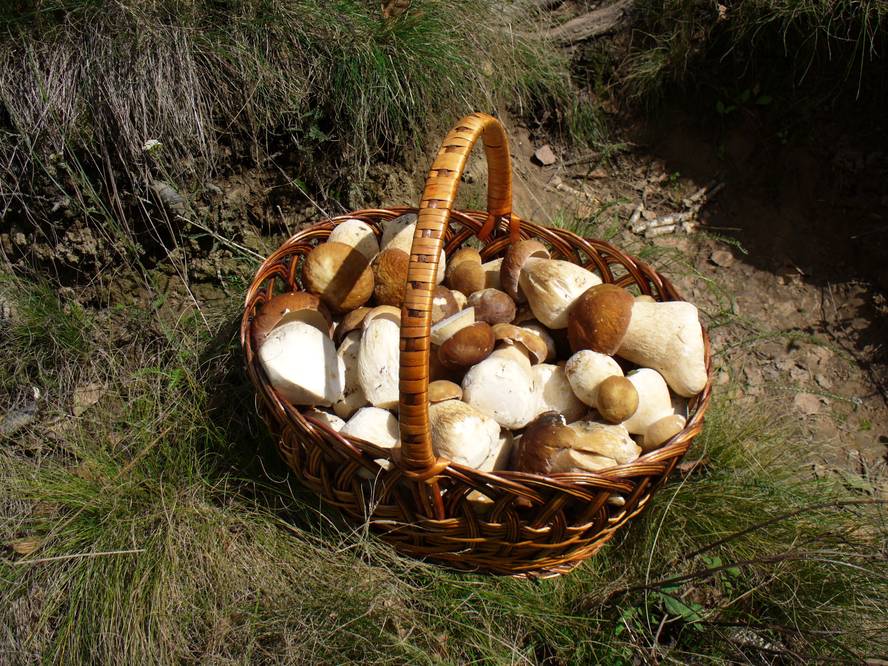Boletus mushrooms in cultivation

Like the mushrooms found in supermarkets, planting and collecting boletus mushrooms may be closer than expected. A company called ID Forest has developed technology to increase the production of these commercially estimated mushrooms. Founded and directed by the forestry engineer Jaime Olaizola de Zumaia, it has its headquarters in Venta de Baños (Palencia).
--> See report "Mushroom planting" in Teknopolis
For the inoculation of a forest with quince of boletus the native seed is used, since there are varieties of mushrooms adapted to a certain forest and soil. In this place, in addition, some strains grow faster than others, which are those that will be used for planting. What is done in the laboratory is a genetic selection. Then the best mycelium reproduces to form the seed.
Other factors that are controlled for the success of the inoculation are the adaptation of the structure of the forest, by the desire for light of the boletus, the analysis of the land, for its better contribution in acid lands and the age of the trees.
The boletus only micorrizan mature trees, while in the case of the scalos or truffles it is possible to provoke a mycorrhization in young trees. The goal of inoculation is to achieve mycorrhization, that is, that the fungus and roots of the trees converge and that the mycelium spread in the forest. From that mycelium mushrooms will be created, if everything goes well, a year.
The process is monitored using PCR. This machine is able to locate the DNA of the boletus in the soil samples collected in the forest. In this way, you can check the number of existing micros — to decide whether to inoculate or not — that inoculation has worked and, finally, ID Forest uses this technique for the certification of mycorrhized trees. A tree can have mycorrhizal contact with hundreds of fungi and the objective in this case is to know the presence of the boletus.
“It’s no longer an experiment, the results have been good and now we’re researching how to increase performance,” explains Olaizola. At the moment there are many forests planted with letus-mizelio in Euskal Herria, and in Italy there is also a request for it.





